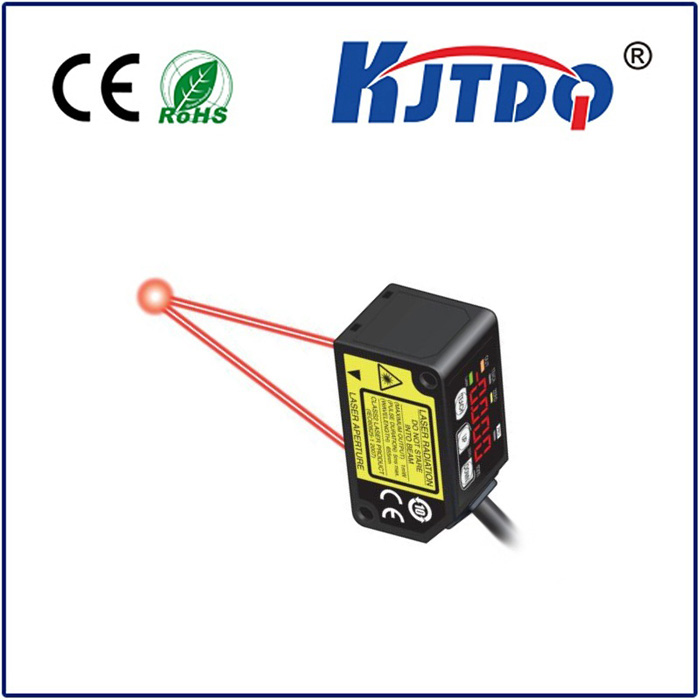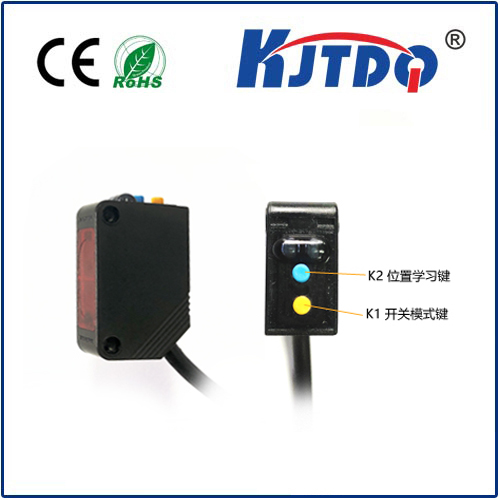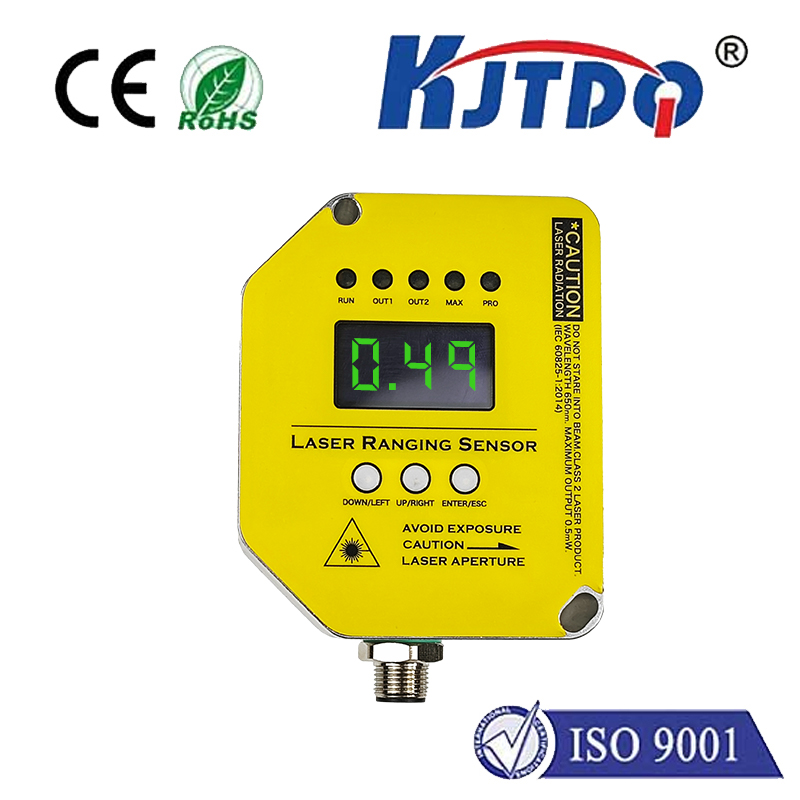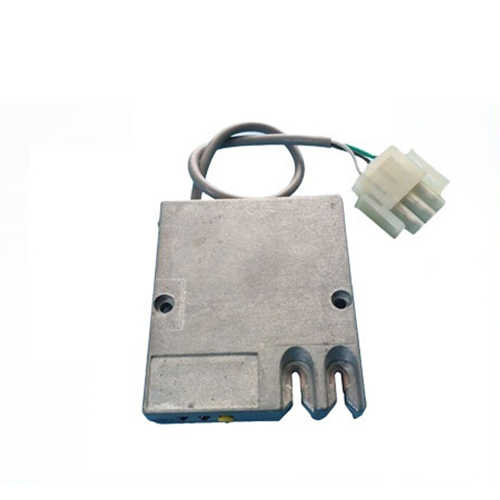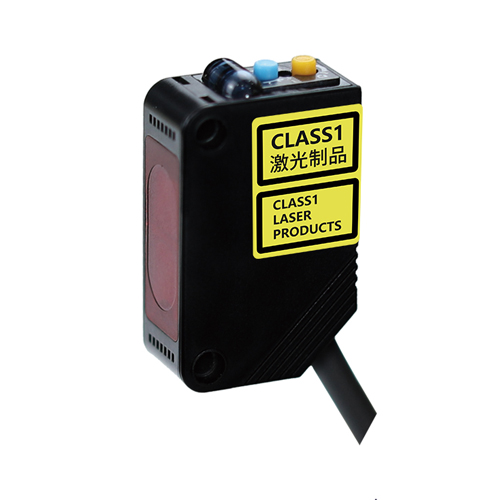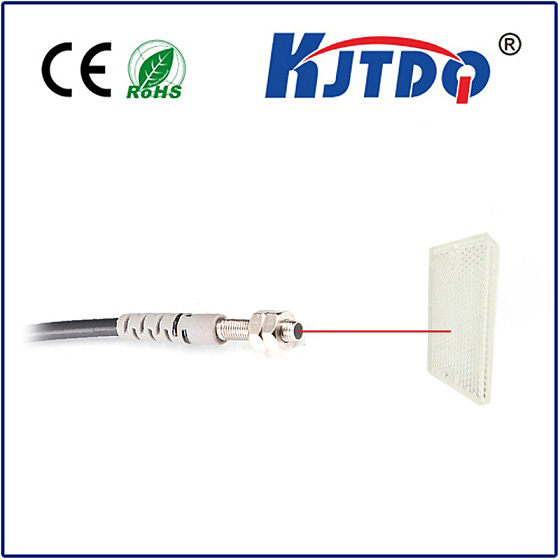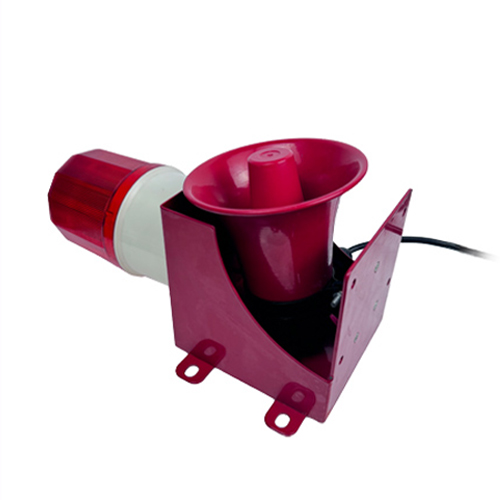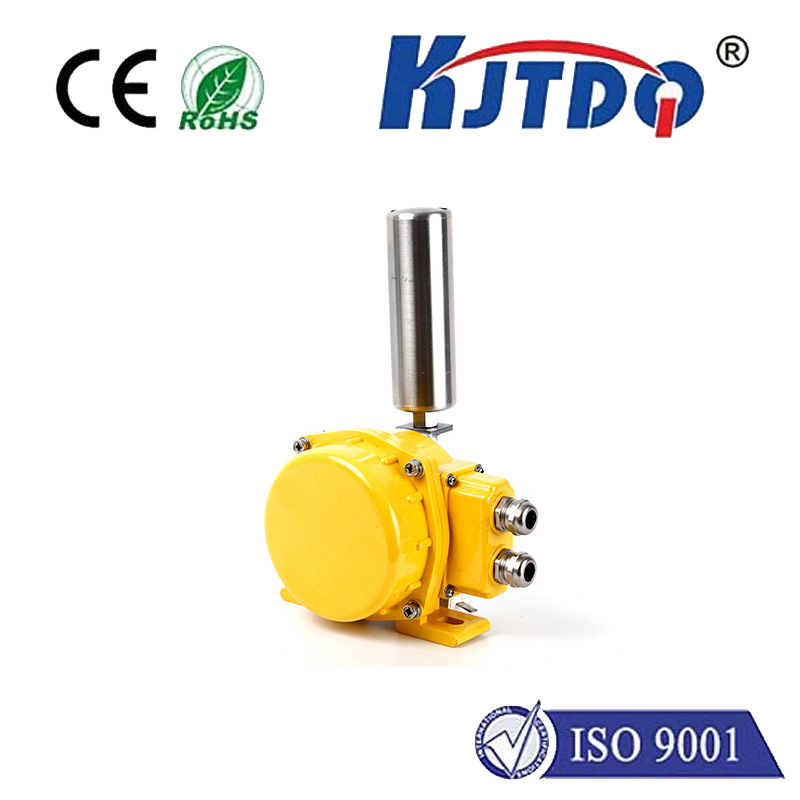PT5415 pressure sensor
- time:2025-09-22 16:40:57
- Click:0
PT5415 Pressure Sensor: Precision Measurement for Critical Environments
In the intricate dance of modern machinery and environmental control, unseen forces dictate performance and safety. Pressure, a fundamental physical parameter, requires constant vigilance – too much, too little, or the wrong differential can spell disaster. Enter the PT5415 pressure sensor, a sophisticated tool engineered to deliver highly accurate, reliable, and stable measurements, particularly excelling in demanding applications like differential pressure monitoring within HVAC systems. Its ability to translate subtle pressure variations into actionable data makes it indispensable for optimizing performance and ensuring operational integrity across numerous sectors.
What Exactly is the PT5415?
The PT5415 stands as a sophisticated differential pressure sensor. This means it doesn’t just measure pressure against a vacuum (absolute pressure) or against ambient atmospheric pressure (gauge pressure), but specifically measures the difference in pressure between two distinct points. This function is crucial in scenarios like monitoring filter status (pressure drop across a filter), airflow regulation (pressure difference across dampers or coils), cleanroom pressure differentials, and detecting blockages in ducts or process lines.
Designed with precision and durability in mind, the PT5415 pressure transducer typically incorporates advanced ceramic sensor technology. This choice of sensing element offers significant advantages: inherent resistance to corrosion from many aggressive media, excellent long-term stability, minimal signal drift, and resilience against overpressure events. These characteristics are paramount for sensors operating continuously in critical environments.

Unpacking the Core Strengths: Why Choose PT5415?
The PT5415 sensor distinguishes itself through several key performance attributes:
- Exceptional Accuracy: Engineered for precision, the PT5415 achieves low measurement uncertainty, often operating within tight tolerance bands (e.g., ±0.5% or even ±0.25% of Full Scale), crucial for process control and efficiency calculations.
- Robust Reliability & Long-Term Stability: Its ceramic sensor and robust housing ensure consistent performance over extended periods, minimizing calibration frequency and maintenance costs. Resistance to mechanical shock and vibration further enhances its resilience in industrial settings.
- Optimized for Differential Pressure: Directly designed to measure pressure differences (ΔP), it excels in applications where the relative pressure between two points is the critical parameter, not the absolute pressure itself.
- Outstanding Media Compatibility: The ceramic sensor technology provides superior compatibility with a vast range of gases – including dry, clean air, inert gases, and even mildly corrosive gases common in industrial processes – without degradation.
- Wide Operational Range: PT5415 sensors are typically available across a broad pressure range, spanning from very low differential pressures (e.g., 0…100 Pa / 0…1 mbar) suitable for delicate airflow monitoring, up to higher ranges (e.g., 0…100 kPa / 0…1 bar) for more demanding industrial applications.
- Versatile Output Options: To seamlessly integrate into diverse control and monitoring systems, the PT5415 commonly offers analog signal outputs like 0-10V or 4-20mA. Some variants may also feature digital interfaces (e.g., I²C, SPI, Modbus), providing flexibility for modern data acquisition networks and IoT setups.
- Temperature Compensation: Sophisticated circuitry provides excellent temperature compensation, ensuring measurement accuracy remains consistent despite fluctuations in the ambient temperature environment.
- Environmental Protection: Often rated to standards like IP65 or higher, the PT5415 is well-protected against dust ingress and water jets, making it suitable for challenging installation environments.
- Ease of Integration: Compact designs, industry-standard electrical connections (e.g., DIN plugs), and various process connection options (e.g., barbed fittings, threaded ports) simplify installation and integration into existing systems.
- Digital Calibration & Configuration: Many modern PT5415 variants feature digital calibration, allowing for highly precise factory setting and potential field adjustments using software tools, enhancing final system accuracy.
Where Precision Matters: Key Applications of the PT5415 Sensor
The unique capabilities of the PT5415 differential pressure sensor make it a preferred choice across diverse industries:
- HVAC/R Excellence: This is a primary domain. The PT5415 is indispensable for:
- Filter Status Monitoring: Accurately measuring the differential pressure drop across air filters (pre-filters, HEPA, ULPA) to signal when cleaning or replacement is needed, optimizing energy efficiency and air quality.
- Airflow Control & Balancing: Monitoring ΔP across dampers, VAV boxes, and coils to ensure precise ventilation and comfort control.
- Room Pressurization: Maintaining critical differential pressures (positive or negative) in cleanrooms, laboratories, hospitals (isolation rooms), and controlled environments to prevent contamination ingress or egress.
- Duct Static Pressure Measurement: Ensuring optimal fan operation and air distribution throughout ductwork.
- Gas Flow Measurement (Indirect): When paired with a primary element like an orifice plate.
- Industrial Process Control: Reliable differential pressure monitoring is vital for:
- Filter clog detection in liquid and gas lines.
- Tank level measurement via hydrostatic pressure.
- Monitoring pump performance and detecting blockages.
- Flow measurement (using DP principles).
- Ensuring safe pressure differentials across seals and barriers.
- Medical & Laboratory Equipment: Where precision and sterility are non-negotiable:
- Monitoring airflow and pressure in ventilators, anesthesia machines, and incubators.
- Ensuring correct cabinet pressure in biological safety cabinets and fume hoods.
- Precise gas delivery systems.
- Energy Management Systems: Monitoring filter status and airflow in large building management systems (BMS) contributes significantly to energy efficiency by preventing unnecessary fan energy consumption.
- Industrial Automation: Providing reliable ΔP feedback for automated control loops involving filtration, flow, and environmental control.
Selecting and Integrating the PT5415
Choosing the right PT5415 sensor hinges on specific application needs:
- Required Pressure Range: Match the sensor’s full-scale range closely to the expected operating differential pressure.
- Accuracy Class: Determine the level of precision necessary for your control or monitoring goals.
- Output Signal: Select analog (0-10V / 4-20mA) or digital output based on your existing control system architecture.
- Media Compatibility: Ensure the sensor materials are compatible with the gas or liquid being measured.
- Environmental Conditions: Consider temperature range, humidity, and potential exposure to water or dust (IP rating).
- Process Connections: Choose the appropriate fittings (barbed, threaded - G1/4”, NPT, etc.) for your piping or ductwork.
Integration typically involves mounting the sensor securely, connecting the pressure ports to the upstream and downstream measurement points via suitable tubing, and wiring the electrical output to the control system or data logger. Attention to avoiding kinks in tubing and protecting electrical connections is vital for optimal performance. Most manufacturers offer extended warranties and technical support, emphasizing the long-term reliability inherent






